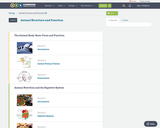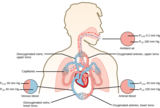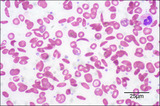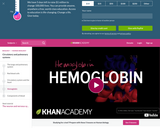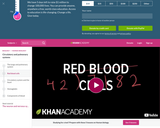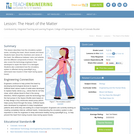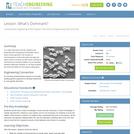
This resource is a video abstract of a research paper created by Research Square on behalf of its authors. It provides a synopsis that's easy to understand, and can be used to introduce the topics it covers to students, researchers, and the general public. The video's transcript is also provided in full, with a portion provided below for preview:
"New research suggests that a low-calorie diet might help reverse symptoms of type 2 diabetes in men with obesity. The findings of the study add to a growing body of evidence indicating that diabetes is a reversible condition. Authors of the study looked at 18 men in South Africa who were over the age of 35, had class III obesity, and were on insulin treatment for diabetes. The participants were randomized to one of two groups: one followed a commercially available low-fat, low-calorie diet consisting of vegetables and a vegetable-soup-based meal plan; while the control group received a calorie-restricted meal plan. All participants were encouraged to engage in physical activity according to their abilities and to visit a counseling psychologist at least once a month. Over the course of 6 months, the team tracked the men’s levels of blood glucose and glycated hemoglobin, or HbA1c—using those measures to establish diabetes status..."
The rest of the transcript, along with a link to the research itself, is available on the resource itself.
- Subject:
- Life Science
- Nutrition
- Material Type:
- Diagram/Illustration
- Reading
- Provider:
- Research Square
- Provider Set:
- Video Bytes
- Date Added:
- 09/20/2019

